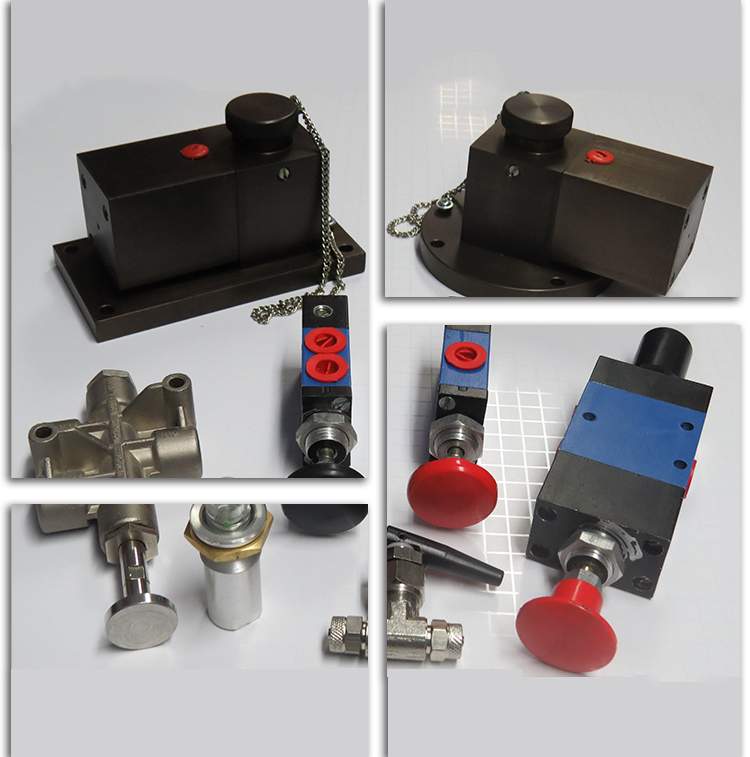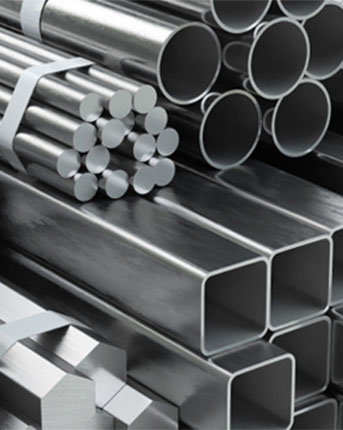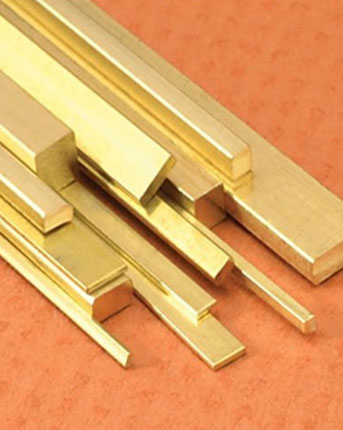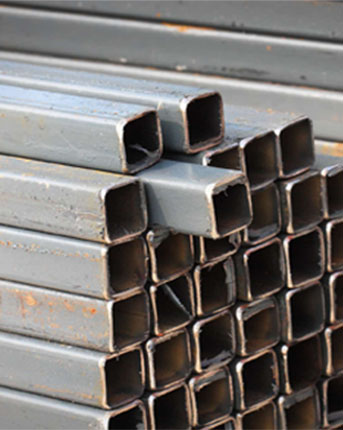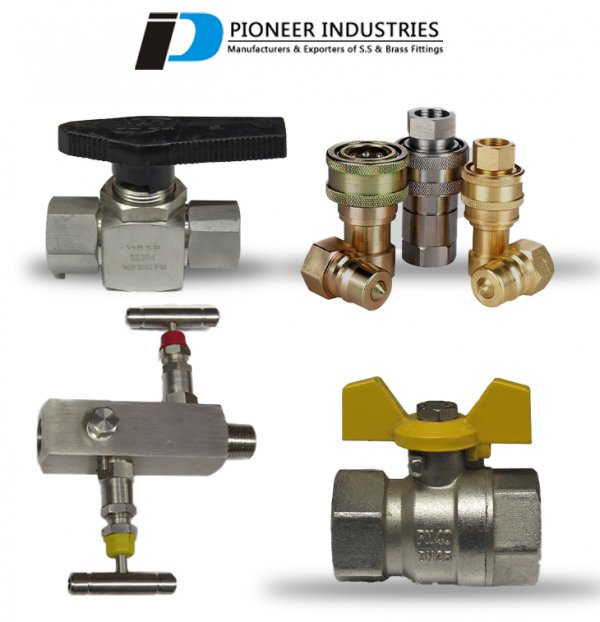Technically qualified engineers and other professionals State-of-the-art infrastructure Rich industry experience International quality standard products Strong market networks Cost-effective range
Timely delivery of consignments
Customer satisfaction is of utmost concern to us. We believe in increasing the value of customers’ money. We believe in long-term business relationships with all our customers. Our aim is to have fully satisfied customers by providing them with better quality materials from most competitive sources
We have employed experienced and industrious professionals, who enable us to manufacture and export our extensive range of Tube Fittings, Solenoid Valves, and Instrumentation Valves. Our professionals are committed to working towards the growth of our organization that improves our business exponentially.

